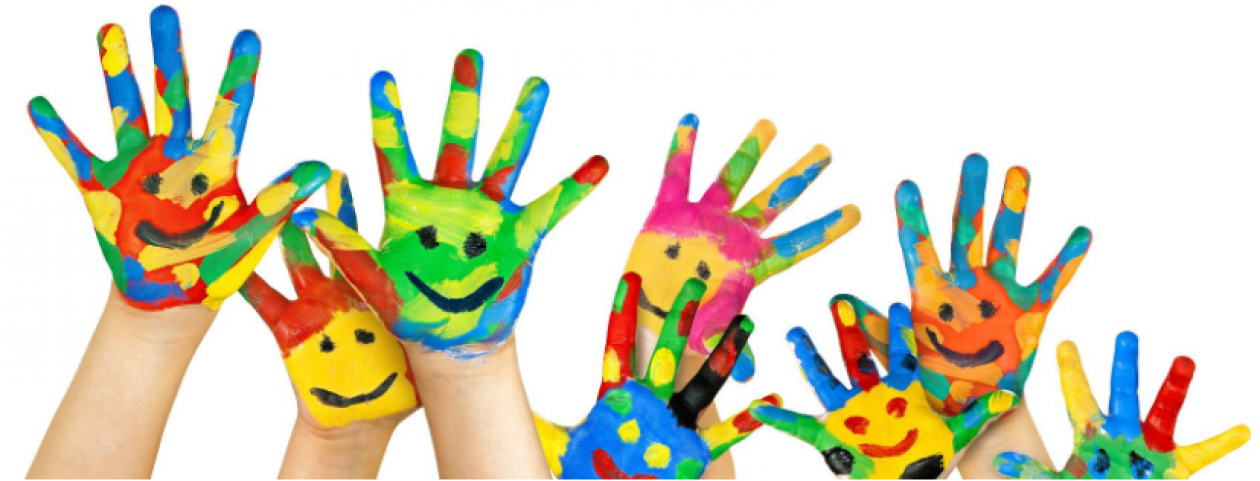This twist on the classic memory game all the family can play together.
What you need:
• 24+ bits of paper or anything else you can use to write on
• A pen
What to do:
1. Take 24 pieces of paper (or more if you like)
and write 12 different letters on each piece of
paper , making sure that there’s a
matching piece for every letter you
choose. You could play this game using numbers too.
2. Lay out the 24 pieces of paper randomly in
a 4×6 grid, and get children to take it in
turn to choose two pieces of paper each and turn
them over.
3. If the letters match, they get to keep
those two pieces of paper! If not, they have to turn
the paper back over in the right place.
4. The game is all about remembering the
letters you’ve seen before and matching
them up with new ones you discover.
Great for growing memories and practising
turn taking all while helping them to
recognise letters.















